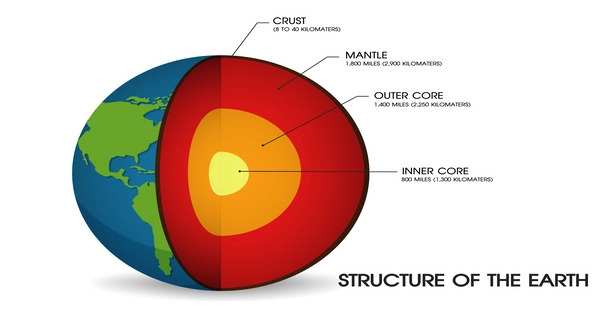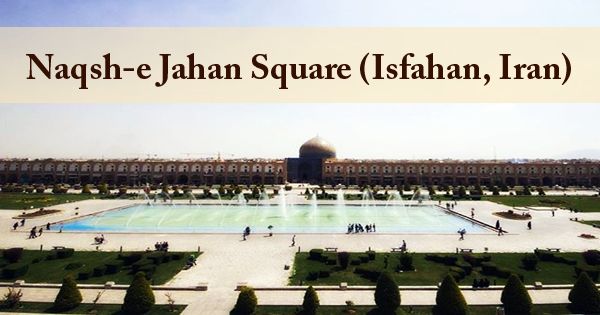The Earth’s structure is often classified into layers depending on its composition and physical qualities. An earth structure is a building or other construction constructed primarily from soil. Because soil is a readily available resource, it has been employed in construction from prehistoric times. It can be mixed with other materials, crushed, and baked to increase strength.
Soil remains a cost-effective material for many applications and may have a low environmental impact both during and after construction. Earth structure materials can be as simple as mud, or mud mixed with straw to form cob. Sod or turf can also be used to build sturdy houses. Soil can be stabilized with lime or cement and compressed into rammed earth. Construction is faster with pre-formed adobe or mudbricks, compressed earth blocks, earthbags or fired clay bricks. From the outermost layer to the innermost, these layers are:
- Crust: This is the outermost layer of the Earth, ranging from about 5 to 70 kilometers (3 to 44 miles) in thickness. It is divided into two types: continental crust and oceanic crust. Continental crust is thicker but less dense, composed mostly of granite rocks, while oceanic crust is thinner but denser, primarily made of basalt rocks.
- Mantle: Beneath the crust lies the mantle, which extends to a depth of about 2,900 kilometers (1,800 miles). The mantle is predominantly composed of silicate rocks rich in magnesium and iron. It is subdivided into the upper mantle and the lower mantle. The upper mantle is cooler and more rigid, while the lower mantle is hotter and flows more easily.
- Outer Core: Below the mantle is the outer core, extending from a depth of about 2,900 to 5,150 kilometers (1,800 to 3,200 miles). The outer core is primarily composed of liquid iron and nickel. Its motion generates the Earth’s magnetic field through the geodynamo process.
- Inner Core: The inner core is located at the heart of the Earth and ranges in depth from 5,150 to 6,371 kilometers (3,200 to 3,959 miles). The inner core is made up of solid iron and nickel alloy. Despite its great temperature, the inner core remains solid due to extreme pressure.
These strata differ in temperature, pressure, and composition, influencing seismic activity, magnetic field creation, and geological processes on Earth’s surface. The study of the Earth’s structure is critical for understanding geological processes, plate tectonics, and the planet’s evolution over time.
















